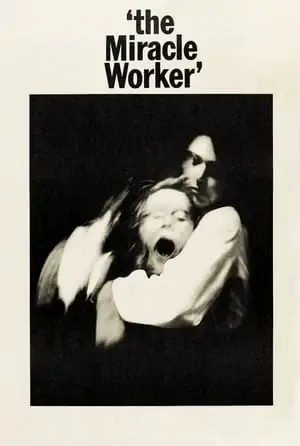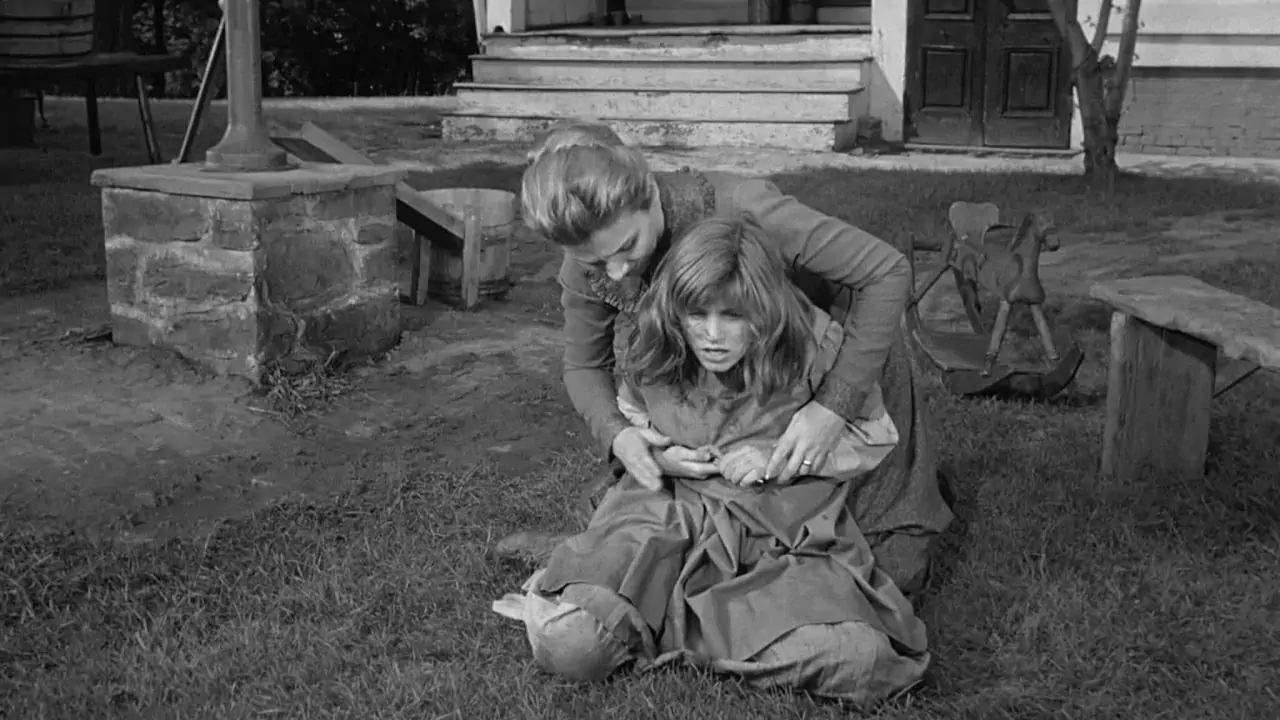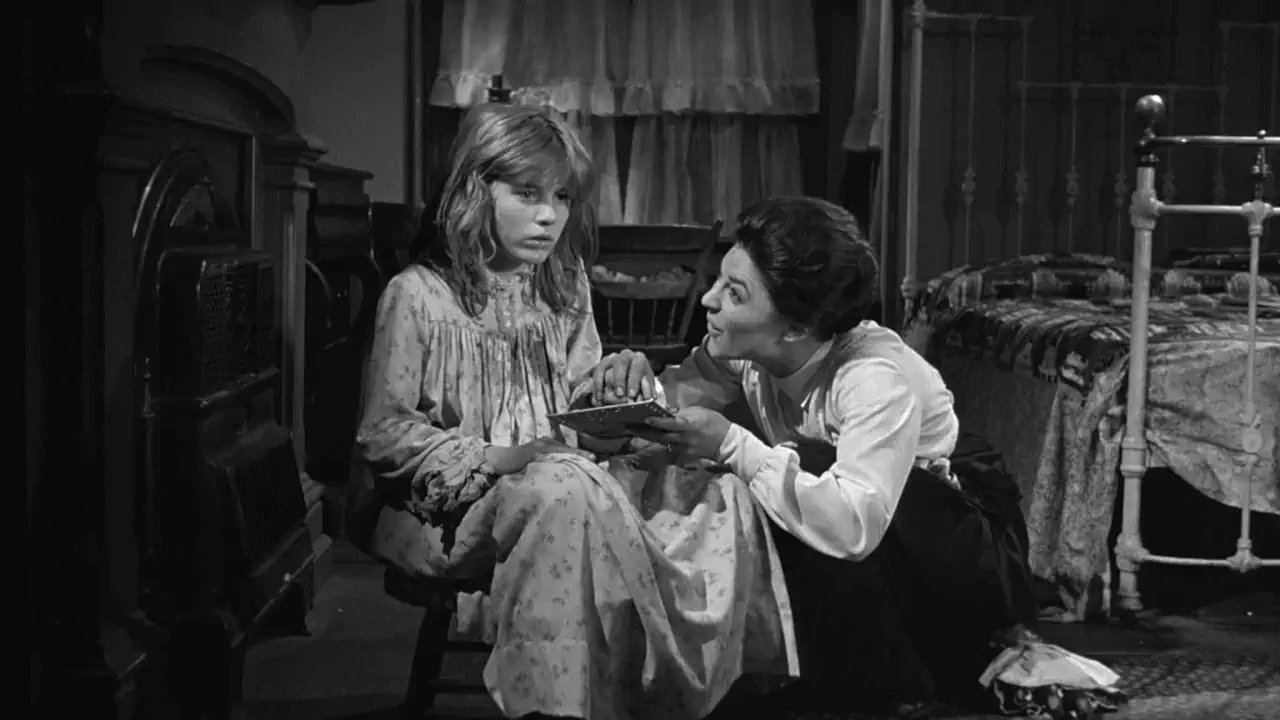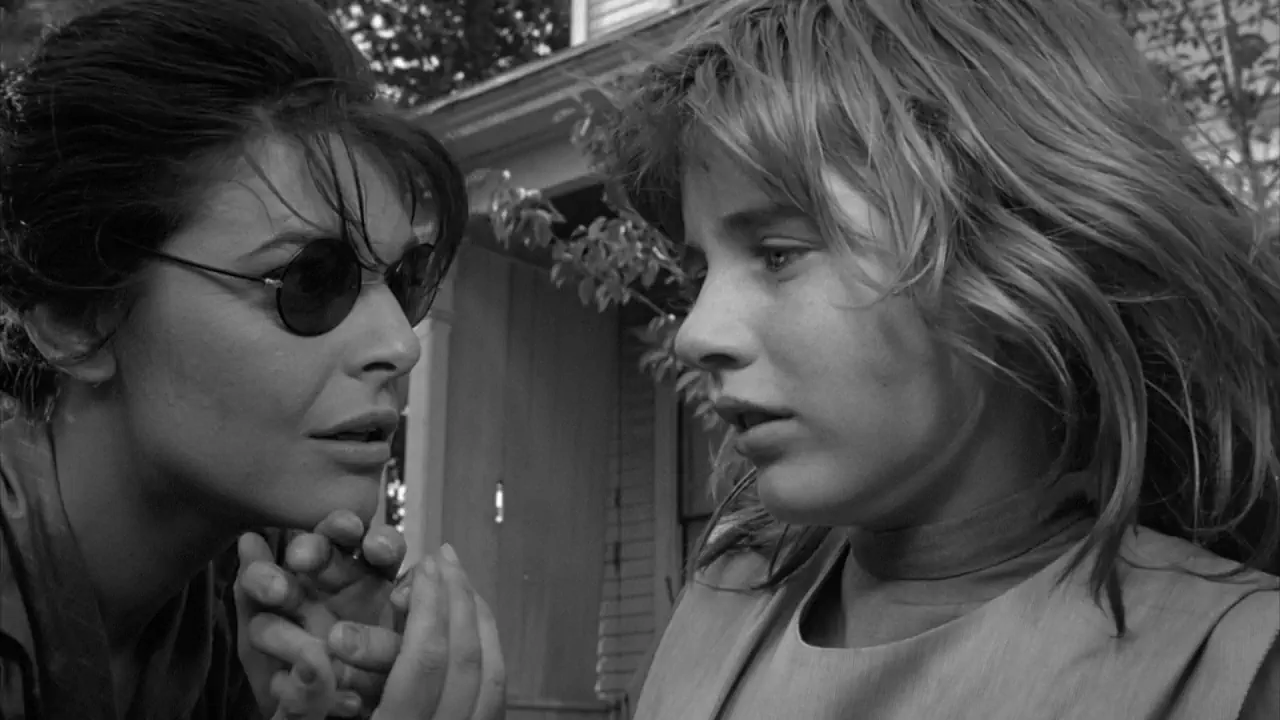Step into the enchanting world of “The Miracle Worker” as we embark on a journey that will leave you spellbound. This timeless classic, released in 1962, is a masterpiece that has stood the test of time and continues to captivate audiences with its powerful storytelling and exceptional performances.
Get ready to be mesmerized by the incredible talents of Victor Jory, Arthur Penn, Anne Bancroft, and Inga Swenson as they bring this poignant tale to life on the silver screen. Join us as we delve into every aspect of this remarkable movie – from its gripping plot to its stunning cinematography – in our comprehensive review of “The Miracle Worker.” Prepare yourself for an unforgettable cinematic experience!
What is the movie about?
“The Miracle Worker” is a powerful and inspiring film that tells the true story of Helen Keller, a young girl who was deaf and blind. The movie focuses on the relationship between Helen and her dedicated teacher, Annie Sullivan.

From a tender age, Helen’s disability made it difficult for her to communicate with others or understand the world around her. Frustrated by her limitations, she often lashes out in anger and confusion. But when Annie arrives at their home as Helen’s tutor, everything changes.
Annie is determined to break through Helen’s barriers and help her connect with the world. Through intense perseverance and unconventional methods, she teaches Helen how to communicate using sign language.
The journey they embark on together is both heart-wrenching and uplifting. As Annie refuses to give up on helping Helen overcome her challenges, their bond grows stronger.
“The Miracle Worker” explores themes of resilience, determination, and the transformative power of education. It serves as a reminder that with patience and love, incredible breakthroughs can be achieved even in seemingly impossible circumstances.
This unforgettable movie captures the emotional rollercoaster ride of triumph over adversity while showcasing incredible performances from its talented cast.
The cast of the movie
The cast of “The Miracle Worker” is truly remarkable. Led by the talented Anne Bancroft, who gives a breathtaking performance as Annie Sullivan, the film captures the essence of this incredible true story. Bancroft brings depth and emotion to her portrayal of Annie, capturing both her determination and vulnerability.
Playing opposite Bancroft is Patty Duke, who delivers an equally captivating performance as Helen Keller. Duke’s raw talent shines through as she convincingly portrays Helen’s struggles with communication and sensory deprivation. Her chemistry with Bancroft is palpable on screen, creating a powerful dynamic between teacher and student.

Supporting actors Victor Jory and Inga Swenson also deserve praise for their performances as Captain Arthur Keller and Kate Keller respectively. Jory brings strength and authority to his role as Helen’s father, while Swenson portrays Kate with warmth and empathy.
Together, this ensemble cast breathes life into their characters, making them resonate long after the credits roll. Their commitment to their roles adds depth and authenticity to the film.
Overall, “The Miracle Worker” boasts a stellar cast whose performances are nothing short of extraordinary. Each actor brings something unique to their respective roles, cementing this movie in cinematic history.
The setting of the movie
The setting of “The Miracle Worker” plays a significant role in the overall impact of the film. Set in Tuscumbia, Alabama during the late 19th century, the movie transports viewers to a time and place where societal attitudes towards disability were vastly different from today.
The opening scenes introduce us to Helen Keller’s family estate, which is portrayed as both grand and isolated. The vastness of the house mirrors Helen’s isolation within her own world, unable to communicate or connect with those around her. As we venture outside, we are greeted by picturesque countryside landscapes that highlight nature’s beauty and provide a contrast to Helen’s darkness.
One key location that stands out is Annie Sullivan’s room at Perkins School for the Blind in Boston. This small and cramped space symbolizes Annie’s determination and commitment to teaching Helen despite overwhelming obstacles. It serves as a stark reminder of their struggles on this journey towards enlightenment.
Watch The Miracle Worker (1962) Original Trailer
Additionally, there are several pivotal scenes that take place at a water pump—an important catalyst for Helen’s breakthrough moment—and it becomes an iconic symbol throughout the film. The simplicity yet power behind this everyday object highlights how even seemingly mundane settings can hold incredible significance when tied to personal growth and transformation.
Overall, “The Miracle Worker” expertly utilizes its carefully crafted settings to enhance storytelling and evoke emotional responses from audiences. From opulent mansions to humble classrooms, each location adds depth and authenticity while highlighting themes of isolation, perseverance, and triumph over adversity.
The cinematography of the movie
The cinematography of “The Miracle Worker” is truly remarkable. The film captures the intensity and emotion of each scene through its visual storytelling. From the dark and somber moments to the bright and hopeful ones, every frame is carefully composed to enhance the overall impact.
One aspect that stands out in terms of cinematography is the use of lighting. The movie skillfully plays with light and shadow to create a sense of drama and tension. Whether it’s illuminating Helen Keller’s face as she discovers language for the first time or casting eerie shadows on Annie Sullivan as she battles against adversity, the lighting adds depth and complexity to each character’s journey.

Another notable element is the camera work. The film utilizes various techniques such as close-ups, tracking shots, and long takes to capture both intimate moments and sweeping visuals. These choices not only immerse viewers in Helen’s world but also highlight Annie’s determination and resilience.
Furthermore, the use of color palette deserves mention. The movie often juxtaposes vibrant hues with muted tones to represent contrasting emotions or themes. For instance, scenes depicting Helen’s frustration are dominated by darker shades while those showcasing her breakthroughs are filled with brighter colors, symbolizing hope.
Overall, “The Miracle Worker” showcases impeccable cinematography that elevates its storytelling to new heights. Every shot is artfully crafted to convey both visually stunning imagery and deep emotional resonance without relying solely on dialogue or exposition
The plot of the movie
The plot of “The Miracle Worker” centers around the true story of Helen Keller, a young girl who was left blind and deaf after an illness as a baby. The movie follows her journey as she learns to communicate with the help of her determined teacher, Annie Sullivan.
At the beginning of the film, we see Helen’s parents struggling to cope with their daughter’s disabilities. They have hired various tutors in the past, but none have been successful in reaching Helen. Enter Annie Sullivan, played brilliantly by Anne Bancroft. With her unwavering determination and innovative teaching methods, Annie begins to break through Helen’s barriers.
Throughout the movie, we witness intense scenes where Annie tries different techniques to connect with Helen. There is no shortage of emotional moments as frustration and hope collide in their battle for understanding.
One particularly powerful scene involves a breakthrough moment at the water pump when Helen finally grasps that everything has a name. It is a poignant reminder of how something seemingly ordinary can hold immense significance for someone deprived of basic communication skills.
As their relationship develops, we also get glimpses into each character’s personal struggles and growth. Both Anne Bancroft and Patty Duke deliver exceptional performances that captivate viewers and make them deeply empathize with these characters’ challenges.
“The Miracle Worker” highlights not only Helen Keller’s incredible journey but also emphasizes the transformative power of education and human connection. It serves as a testament to the resilience of individuals facing adversity while showcasing triumph over seemingly insurmountable obstacles.
The ending of the movie
As the movie reaches its climactic ending, viewers are left on the edge of their seats, eager to see how the story unfolds. The tension builds as Annie Sullivan continues her relentless efforts to break through Helen Keller’s wall of silence and darkness.
In a gripping final scene, Annie finally succeeds in teaching Helen the concept of language by spelling out words into her hand. The room is filled with palpable emotion as Helen begins to make connections between these newfound symbols and their corresponding meanings.
Through Anne Bancroft’s powerful performance, we witness Annie’s sheer determination and unwavering commitment to helping Helen unlock her potential. Every painstaking step along this arduous journey has led them both to this pivotal moment.

The emotions run high as Helen utters her first word – “water” – after years of isolation. It is a profound breakthrough that symbolizes hope and possibility for not only Helen but also for anyone facing seemingly insurmountable challenges.
Without giving away too much detail, let me just say that the ending leaves viewers with a sense of triumph and inspiration. It serves as a reminder that with perseverance and belief in oneself, miracles can indeed happen.
“The Miracle Worker” does an exceptional job at capturing the transformative power of human connection, reminding audiences that sometimes all it takes is one person who refuses to give up. This film stands as a testament to resilience and serves as an everlasting source of inspiration for generations to come.
Conclusion
“The Miracle Worker” is a timeless classic that delivers an emotional and inspiring story. With exceptional performances from Anne Bancroft as Annie Sullivan and Patty Duke as Helen Keller, this movie captures the struggles and triumphs of their journey.
The cast of the film, including Victor Jory, Arthur Penn, and Inga Swenson, bring depth to their respective characters, adding layers of complexity to the narrative. Their performances contribute to the overall authenticity of “The Miracle Worker.”
Set in Tuscumbia, Alabama in the late 19th century, the movie effectively transports viewers back in time through its detailed set designs and costumes. The rustic charm adds richness to the story while providing a visually pleasing backdrop for Annie’s battle to connect with Helen.
Cinematography plays a crucial role in capturing pivotal moments throughout “The Miracle Worker.” From intense close-ups during emotionally charged scenes to wide shots that showcase nature’s beauty surrounding them, each frame enhances our understanding of Annie and Helen’s relationship.
The Miracle Worker (3/10) Movie CLIP – Helen’s First Lesson (1962)
As for the plot itself, it unfolds with precision and purpose. The gradual transformation of both Annie and Helen keeps viewers engaged from start to finish. It delves into themes such as perseverance, determination, communication barriers,and personal growth – all delivered with remarkable storytelling finesse.
Finally,the ending leaves audiences moved by witnessing how far both Annie Sullivan and Helen Keller have come on their difficult journey. It serves as a reminder that dedication,talent,and love can overcome even seemingly insurmountable odds.
The final scene is a testament not only to their bond but also showcases human potential at its finest.
In conclusion,”The Miracle Worker” remains an extraordinary film brought together by an outstanding ensemble cast,detailed setting,captivating cinematography,and a compelling plot. Whether you are familiar with Anne Bancroft,Patty Duke or Victor Jory,this movie has something for everyone.
Be prepared for an emotional rollercoaster ride that will leave you inspired,long after the credits roll.













































